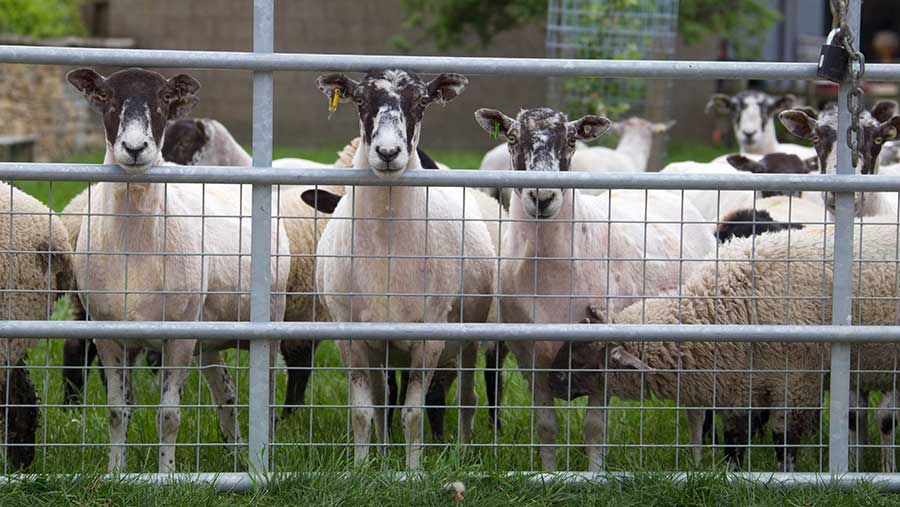Business Clinic: How does averaging affect insurance claims?
 © Tim Scrivener
© Tim Scrivener Whether it’s a legal, tax, insurance, management or land issue, Farmers Weekly’s experts can help.
Here, Charlotte Wilson of insurance broker Farmers and Mercantile explains how average reduces the value of insurance payouts if sums insured are not correct.
Q. I’ve been told that if I don’t insure my property at the correct value, I could be subject to average in the event of a claim. What does this mean?
A. Average is a clause applied to the majority of insurance policies to give an element of protection for the insurance provider in the event of a claim. It aims to stop those purchasing insurance from listing their property lower than the actual sum insured, in order to try to save on premium costs.
This may save some money in the short term on your final premium, but it can be very costly if you have to make a claim.
It’s therefore crucial that you insure your property for the correct amount, whether this is your home, livestock, crops in store or vehicles. Average is applicable to anything your business chooses to insure.
Many people might insure on the basis that not all their cattle (for example) would be stolen at once. However, unless insurance is taken on a first loss basis, the sum insured needs to reflect the actual full value.
See also: More Business Clinic expert advice online
The following examples show how the average clause works in practice:
1) A storm hits your area and the roof has been lifted off a section of one of your sheds. You are quoted £10,000 to repair it.
On submitting this to your insurer, they may send out a loss adjuster to assess the damage on their behalf.
The agricultural buildings on the yard are valued as a whole at £200,000 to fully rebuild.
However, on your policy documents, “All Farm Buildings” are listed at a sum insured of £100,000.
As the premium for the buildings was based on the understanding that the entire value was £100,000, which is only half the actual value, the claim settlement would be reduced by 50%.
So although the repairs to the shed cost £10,000, you would receive only £5,000, less your policy excess, in settlement due to average.
2) You own 500 ewes and 120 of them have been stolen. The sum insured on your policy is £20,000.
An auctioneer values the stolen ewes on current market value at £110 a head, totalling a claim amount of £13,200.
On a large claim you may have to complete an itinerary of sheep, stating how many you have at the time of loss.
Again each of these will be given a current market value, taking into consideration age and breed – this valuation for the example above comes back at £57,000, which is more than double the sum insured.
In this circumstance, average can be calculated using the following equation: sum insured ÷ true value x loss = amount paid in claim.
Therefore the calculation would be: £20,000 ÷ £57,000 x £13,200 = £4,631.58
So, to ensure you are not left out of pocket in the event of a claim, it is vital you conduct a thorough review of your insurance with your insurance adviser annually and notify them of any changes you make to your business throughout the year.
Professional valuations of property, machinery and livestock can often be arranged through your insurance provider, local surveyors or dealerships.
Do you have a question for the panel?
Outline your legal, tax, finance, insurance or farm management question in no more than 350 words and Farmers Weekly will put it to a member of the panel. Please give as much information as possible.
Send your enquiry to Business Clinic, Farmers Weekly, RBI, Quadrant House, The Quadrant, Sutton, Surrey SM2 5AS.
You can also email your question to fwbusinessclinic@rbi.co.uk.

